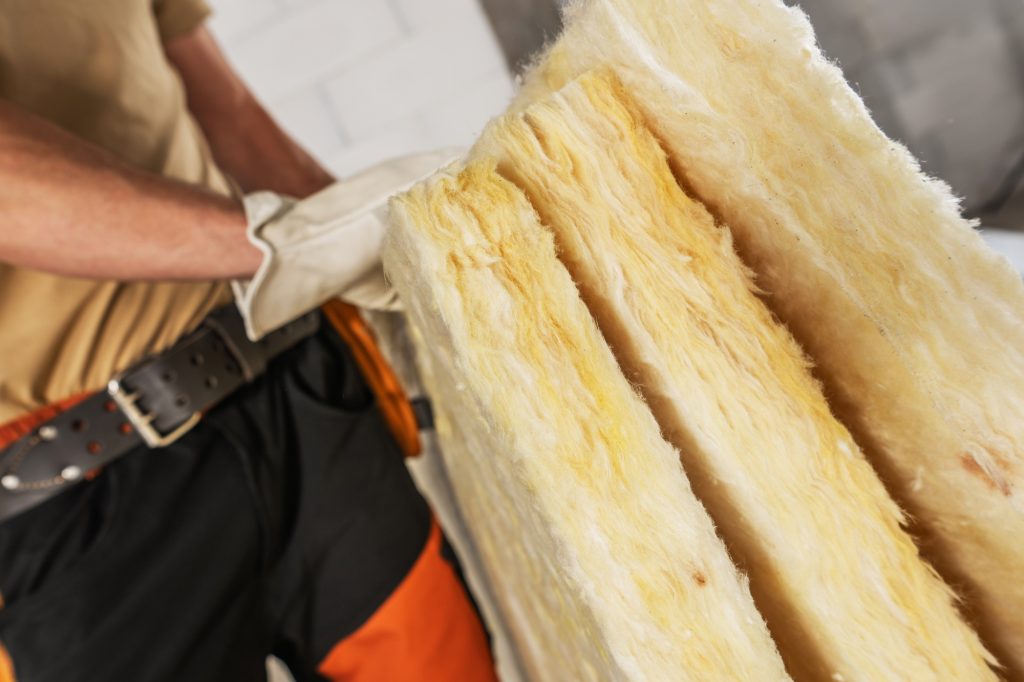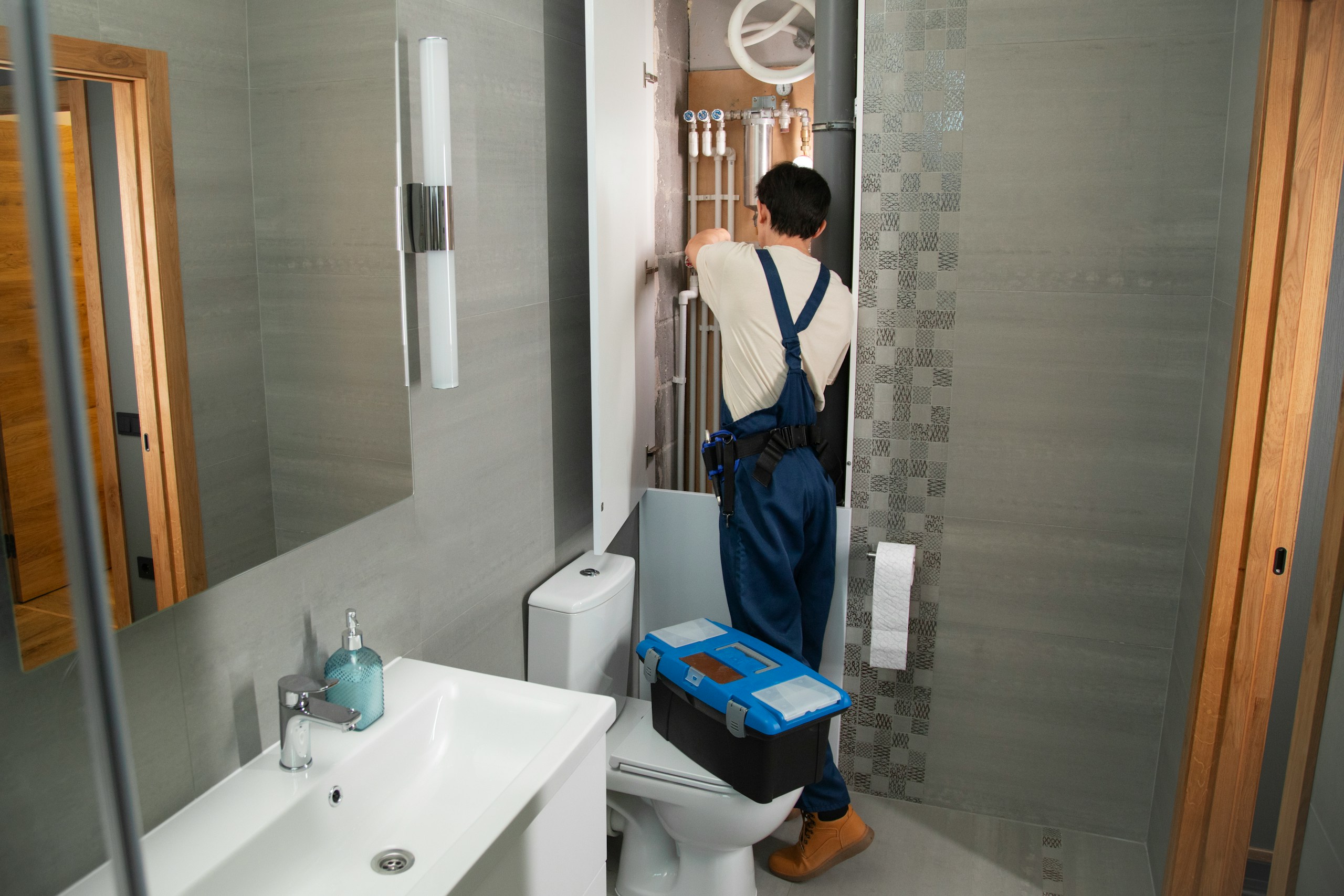The most significant shake-up in UK building regulations for decades just became official. On June 6th, the government confirmed the Future Homes Standard will be published this autumn, and if you’re planning any construction work in Kent, this changes everything.
We’re not talking about minor tweaks to existing rules here. This represents a complete transformation in how we build homes—one that’ll slash carbon emissions by 75-80% compared to current standards. Given that heating and powering our buildings accounts for 30% of the UK’s total energy consumption, these changes matter far beyond individual properties. They’re reshaping entire communities.
What makes this particularly relevant for Kent homeowners is the breadth of projects affected. New builds, obviously, but also extensions, major renovations, and property conversions. The ripple effects will touch virtually every aspect of residential construction across the county.
Solar Panels (No Longer Optional, But Official)

Solar panels have just become mandatory for the vast majority of new homes. After years of speculation and consultation, the government has confirmed that Building Regulations will be amended to “explicitly promote solar for the first time.”
This isn’t a blanket requirement (there’s practical flexibility built in for properties with significant shading or other constraints). But for most Kent homes, solar PV panels will be a functional requirement, not an optional extra. The government’s own illustrations suggest you could save around £530 annually from a typical 3.5kW south-facing installation.
What’s particularly interesting is how this integrates with the new assessment system. Instead of using UK-wide average weather data, your home will be evaluated against Kent’s specific climate conditions. This regional approach means solar generation calculations will reflect what actually happens on your roof, not some theoretical national average.
Solar technology has matured significantly, costs have dropped, and battery storage systems are becoming increasingly affordable. What once felt like an expensive gamble now looks like sound financial planning. They are also a great addition to new heat pump requirements.
A Push For Heat Pump Installations

If solar panels represent the generation side of the equation, heating systems are where consumption gets completely overhauled. Gas boilers are being completely phased out of new construction—no exceptions, no compromises.
This might feel dramatic, but consider the recent green push. Despite years of environmental awareness, over 50% of new homes are still being built with gas boilers. The Future Homes Standard essentially forces the industry to catch up with what the government is pushing for.
Your heating options will centre around heat pumps (mainly air sourced) along with district heating networks where available. The technology has advanced considerably from the early, somewhat clunky systems you might remember. Modern heat pumps operate efficiently even in Kent’s occasionally harsh winters, though they do require different thinking about home heating.
The key insight here—and this is where many people get confused—is that heat pumps work best as part of a whole-system approach. They’re not always a drop-in replacement for gas boilers. They perform optimally when paired with enhanced insulation, improved airtightness, and mechanical ventilation systems. Think of it as upgrading your entire home’s thermal envelope, not just swapping one appliance for another.
Major developers are already rolling out heat pump installations nationally, treating them as standard equipment rather than special features. This mainstream adoption suggests the technology is ready for widespread implementation.
The Fabric-First Approach

The insulation requirements represent perhaps the most technically demanding aspect of the new standards. We’re looking at some seriously upgraded specifications across every building element.
The numbers tell the story:
- Walls must achieve U-values of 0.18 W/m²K or better
- Roofs drop to 0.13 W/m²K maximum
- Floors follow suit at 0.13 W/m²K
- Windows jump up to 1.4 W/m²K maximum
- Airtightness targets of 3 m³/m²/hr at 50 Pa
These aren’t marginal improvements—they represent substantial upgrades over current practice. The airtightness target alone requires significant changes in construction techniques and quality control processes.
What’s particularly clever about the new approach is how it balances airtightness with indoor air quality. Enhanced ventilation systems, including mechanical ventilation with heat recovery, become essential components rather than luxury additions. You get the benefits of a sealed thermal envelope without sacrificing fresh air or risking condensation issues.
The fabric-first approach makes economic sense too. Better insulation reduces the heating load, which in turn allows for smaller, more efficient heat pump systems. Everything works together rather than fighting against each other—though this does require more coordination during the design and construction phases.
Timeline and Local Impact

The government’s autumn publication timeline gives us a clearer picture of what’s coming. The new Home Energy Model will replace the current SAP assessment system, bringing more sophisticated modelling capabilities and that regional weather data we mentioned earlier.
For Kent specifically, this regional approach could be significant. The local climate conditions will directly influence compliance calculations, potentially affecting everything from insulation specifications to solar panel sizing. It’s a more nuanced approach than the one-size-fits-all methodology we’ve been using.
The practical timeline stretches beyond just the publication date. Industry preparation is already underway, with material suppliers, construction companies, and assessment professionals gearing up for the changes. The transitional arrangements will matter enormously for projects currently in planning or early construction phases.
What’s particularly relevant for Kent homeowners is how these changes connect to the broader retrofit market. The government has committed to publishing a Warm Homes Plan this summer, outlining support for retrofitting existing properties. While the Future Homes Standard focuses on new construction, it creates a framework for understanding where residential energy efficiency is heading overall.
How Hughes Heating Can Help

As Kent homeowners take on board these upcoming changes, having local expertise becomes invaluable. Hughes Heating Ltd, based in Ashford, brings over 12 years of experience to exactly the kind of transition the Future Homes Standard demands.
What’s particularly relevant here is our expertise with air source heat pumps—technology that’ll become standard rather than optional under the new regulations. We’re already installing these systems and understand the practical challenges of integrating them with existing properties and new builds.
Perhaps most importantly for homeowners planning ahead, Hughes Heating offers transparent pricing without hidden fees. Given the complexity of heat pump installations and the coordination required with the other standards, this clarity becomes essential for budget planning. We provide flexible payment packages too, which could prove particularly useful for larger retrofit projects or comprehensive heating system upgrades.





